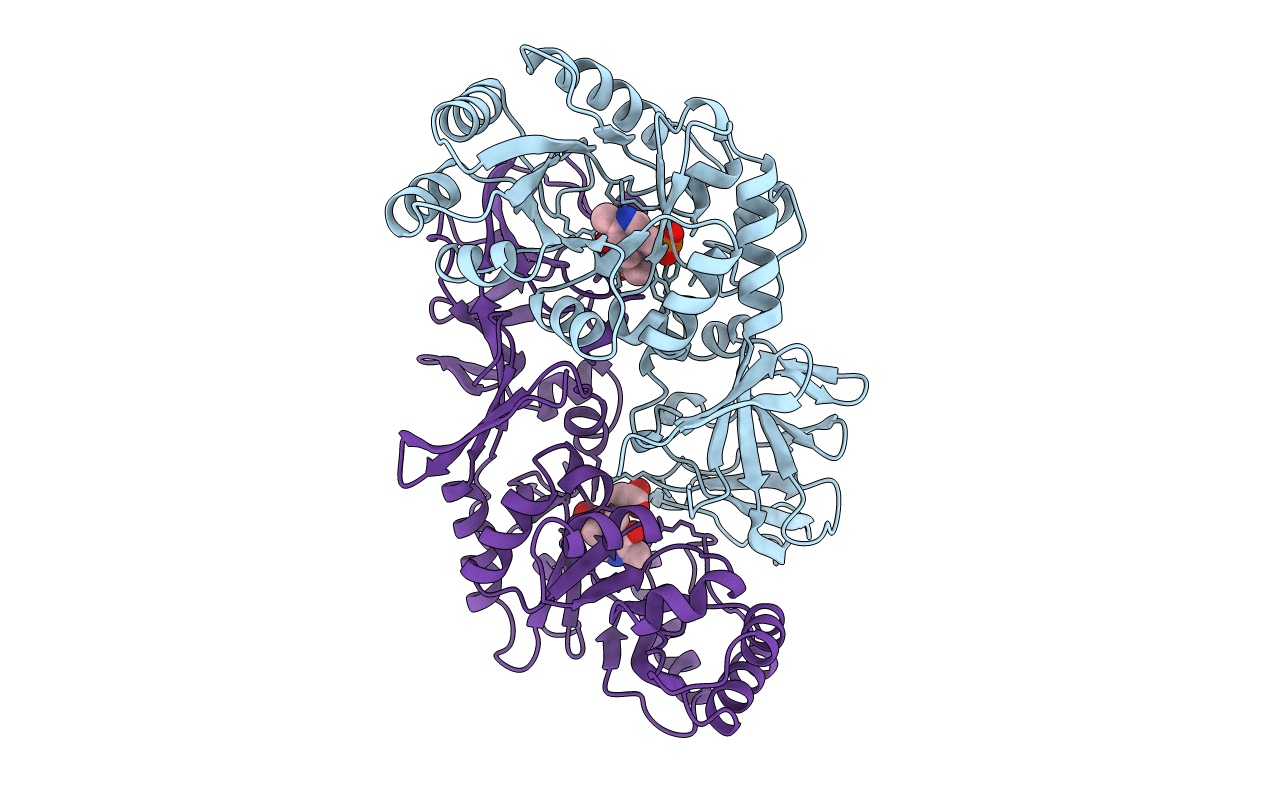
Deposition Date
1999-02-16
Release Date
1999-02-24
Last Version Date
2023-11-15
Entry Detail
Biological Source:
Source Organism:
Geobacillus stearothermophilus (Taxon ID: 1422)
Host Organism:
Method Details:
Experimental Method:
Resolution:
1.90 Å
R-Value Free:
0.25
R-Value Work:
0.20
Space Group:
P 21 21 21


